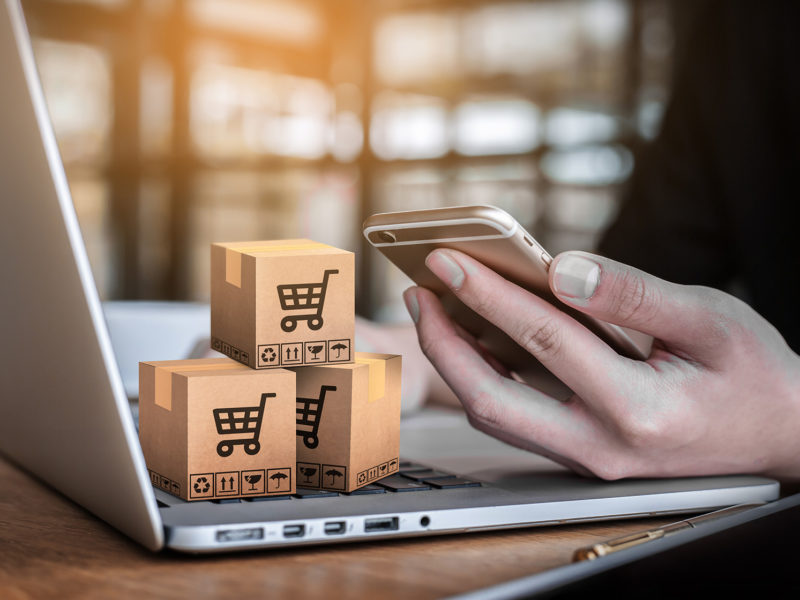
E-Commerce: evolution and market trends
Market Vision
In the past, the buying process was simple: a person went to a physical store, looked for the product to buy, paid for it and brought it home.
With the growing technology today, we can buy products online thanks to e-commerce, which means purchasing and selling goods and services through the Internet.
Over the last 10+ years, online retail stores have become the favourite place for many people to shop, to sell products (also second-hand) and to advertise them.
Many companies increased their sales volumes by selling products online and became giants (such as AMAZON, ZALANDO, etc.).
“As consumer trust in e-Commerce grows, a significant number of online shoppers are now shopping across borders. This is an important metric for brands, as it will provide insight into the appetite for international brands within a region.”
In fact, in 2019 retail e-commerce sales worldwide amounted to 3.53 trillion US dollars, and e-retail revenues are expected to grow to 6.54 trillion US dollars in 2022. Online shopping is one of the most popular activities in the world!
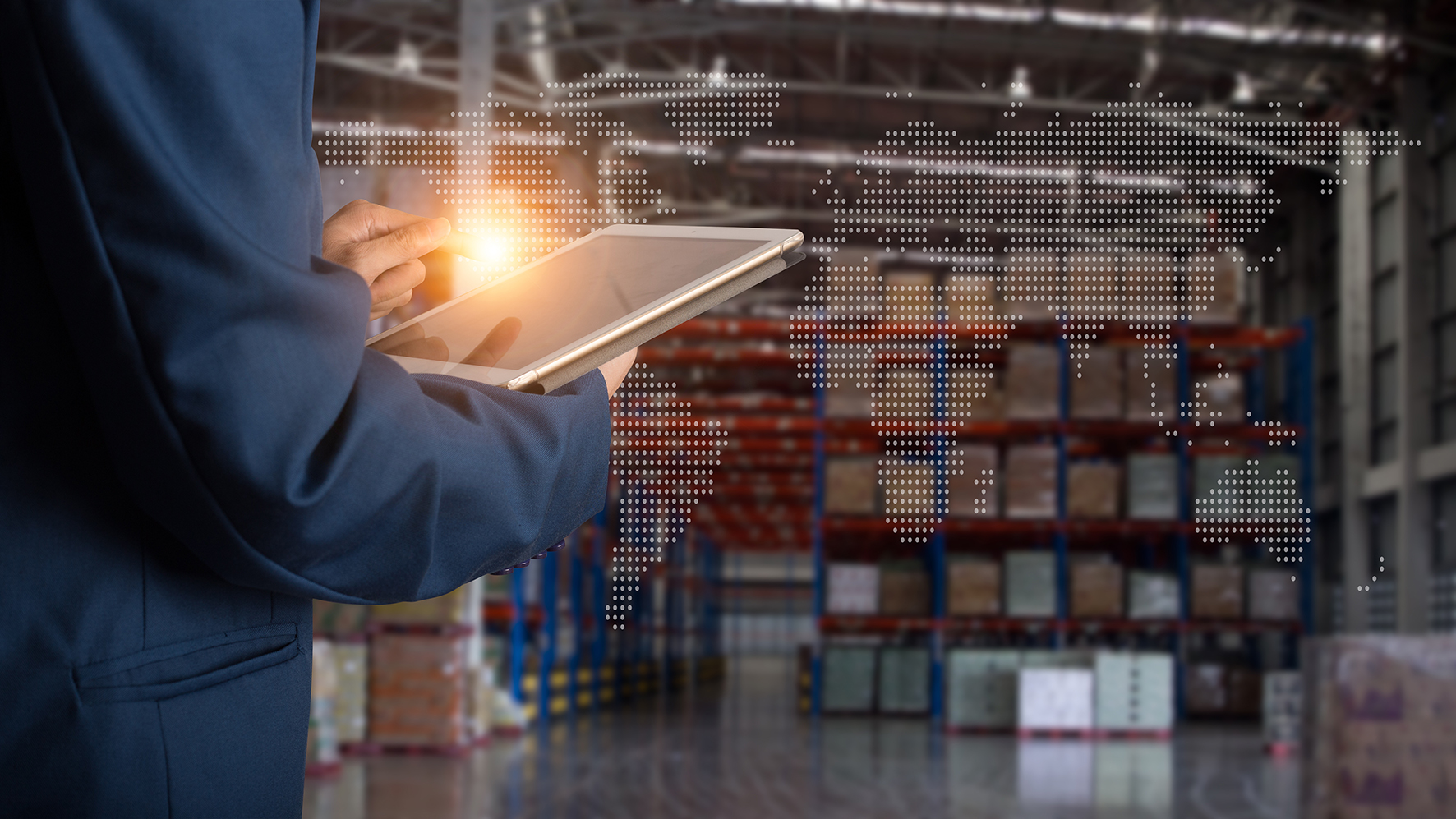
And then the Covid-19 pandemic arrived!
The pandemic negatively impacted all sorts of activities worldwide, but it changed the nature of business for the entire e-commerce market in a positive way.
Due to the lockdown, people couldn’t go outside to shop in brick-and-mortar stores, so they started purchasing almost everything online (from groceries to gym equipment and even toilet paper!!).
Many people started to learn the mechanism of buying online, and purchasing from Amazon and other online stores became a trend.
The time slots when people shopped online changed from before the lockdown to afterward:
- Before the lockdown, people surfed the Internet to shop from 7am to 9am, from 12pm to 1pm and from 6pm to 7pm.
- After the lockdown, they are spending more time shopping, with a span of 3 to 4 hours. Now the time slots have changed to 9am-12pm and 2pm-6pm.
Consumer habits have changed radically, and the reason is that people had to stay indoors. According to the Observatory E-commerce B2B, the transformation of some consumption habits and the strengthening of e-Commerce projects generate significant effects on the numbers of the Italian market: the growth of e-commerce is the most significant ever: +5.5 billion euros in 12 months.
The Reason for Increasing Online Sales
We all know that e-commerce made online buying the new trend, and it’s still growing so fast that every day we see delivery people outside the homes of millions of people.
The question is: Why are online sales increasing?
The answer lies in what can be considered the advantages for consumers.
First of all, it’s extremely convenient, as there is 24/7 accessibility and no closing time. Customers can compare products online with no hurry, and they can shop when and from where they want.

The second reason is that there are more choices, as today’s generation is never satisfied comparing just a few goods. So, people can find the desired product and select the color, size, style, design and sometimes the date and time of delivery.
Another interesting point to consider is Cross-Border e-commerce. In fact, consumers can shop sitting on their sofa and buy products from every corner of the world. Thanks to these cross border purchases, consumers become more familiar with the goods and services that are not manufactured locally.
The most important advantage is that it’s easy to return the product. If you receive a product that is defective or malfunctioning, you can send it back at no additional cost.
At home, people began to discover new interests because they had more free time to look for new things online and to get a personalized experience.
“Customers spend 48% more when their shopping experience is personalized and 57% of online shoppers are comfortable with sharing their personal information with a brand if it benefits their shopping experience.”
They will like it more when the company website shows a personalized product that meets their requirements.
Some individuals like shopping online because in physical retail stores there are crowds of people, long queues, and less peace of mind in making a choice.
E-commerce market effect on the automation process
“According to de Koster et al. (2007), in 2007, more than 80% of all warehouses in Western Europe still followed the traditional picker-to-parts setup. Here, human pickers pick order after order while successively visiting shelves on which the demanded stock keeping units (SKUs) are stored.”
The growth of e-commerce created a new generation of warehouses, called Micro-Fulfillment Centers (MFC). To respond to consumer demand, Micro Fulfilment Centers were established for market alternatives directed by multinationals to supermarkets and their customers. At the same time, Micro Fulfilment Centers helpto lower the cost of the last mile of distribution.
Thanks to these mini-warehouses located near large cities, deliveries are faster and more efficient.
Since the highest-selling products are stored locally in the MFCs, the cost is more competitive by up to 60%.
Nowadays almost all e-commerce retailers are using MFCs in order to overcome some of the challenges they were facing in past years. Orders from consumers arrive in small quantities and more frequently and with unprecedented expectations for quick deliveries. “Flexible automation solutions allow for easy scalability without added labor costs.”
Customers get their orders as fast as the Road Runner (“Beep beep”) from the famous American animated series “Looney Tunes”, and it’s a more satisfying experience than waiting days before the goods arrive.
“Major players like Amazon or Kroger invest billions in fulfillment technologies that quickly become the industry standard.”
Warehouse automation specialists are quickly gearing up production to meet this increased demand.
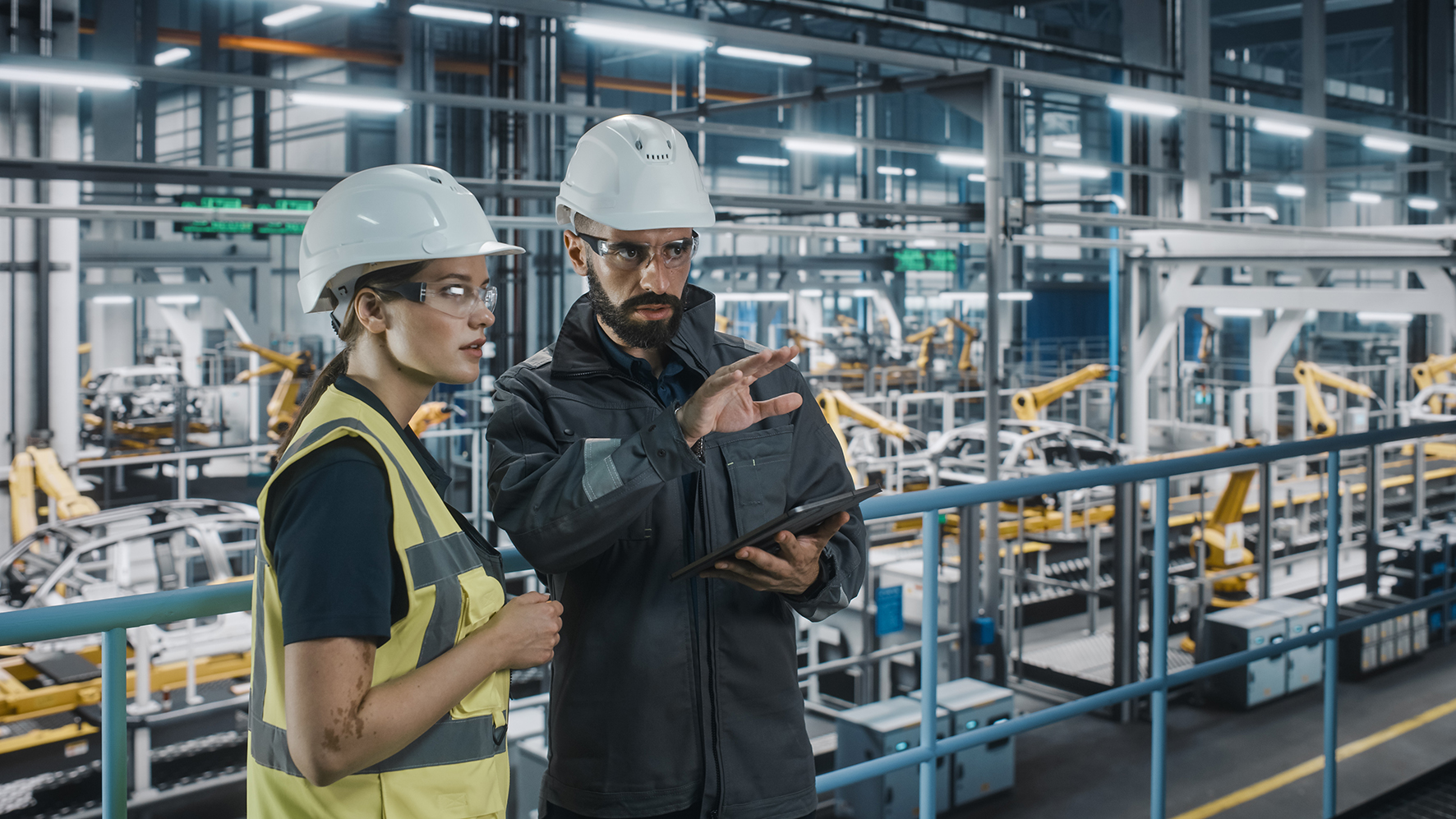
E-commerce solutions by CLEVERTECH
Clevertech has a unique way of satisfying our customers. We study the problem and come up with a new idea, always offering the perfect solution.
- Solution No. 1 – Small Secondary Package Handling
Small packaging is becoming the new packaging trend, also to satisfy the e-commerce requirements.
Do you know, for instance, what was the best sale in e-commerce, in London in 2019? One banana.
Of course, we don’t palletize bananas, but this data is very significant for us. It means, and we see it, that packaging requirements will continue to involve using smaller size packages. There will be increasing demand for single-serve products. This trend can be seen in the changeover of packaging machines since 2018.
In order to satisfy customers’ requests, Clevertech has created machines that handle smaller packages with less packaging material, with flexible robotic or gantry preforming, which ensures quick and gentle handling.
Smaller packaging is meeting consumer needs while also benefiting brands and increasing revenue. Most consumers prefer buying products packaged in small cases, because they seem to have a good shape.

- Solution No. 2 – Minimized Package Material Requirement & Containerization
Clevertech also takes into consideration the environmental issues, and recently we have designed and developed a specific product portfolio for handling package storage in reusable plastic containers.
The company has recently started transforming the picking tool currently used for e-commerce business and adapted it to handle plastic containers. These containers are filled with products that are ready to go to the GDO, omitting one step in the product distribution process (eliminating waste and decreasing material production).
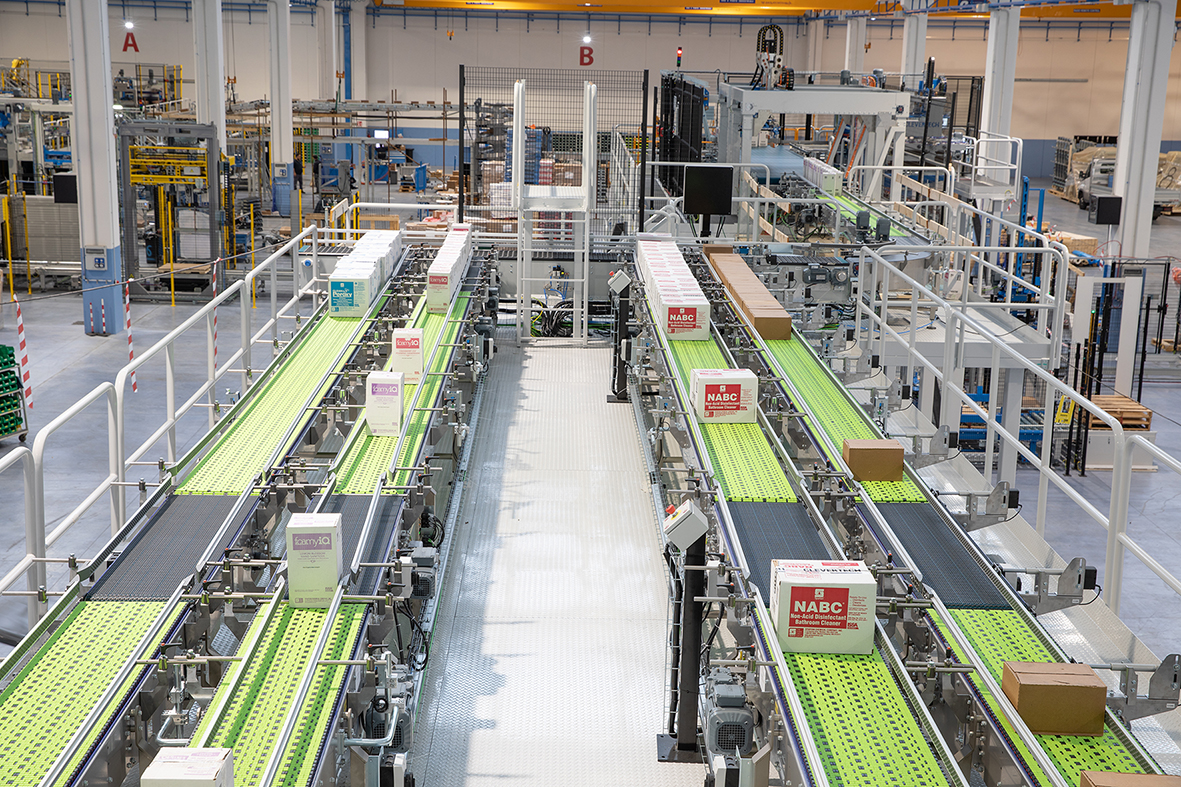
For example, in Australia, the FMCG producer is very sensitive toward using a greener approach in dispatching their products to retailers’ distribution centres.
In some cases, secondary packaging of carton boxes is not used anymore; instead, products with primary packaging are stored according to the desired quantity in the plastic carrier that is used for final delivery.
This is called containerization, and it’s very useful because customers receive products without boxes, so that they can rapidly put them on shelves with minimized waste material to carry. The carbon footprint of the packaging process has less impact for the FMCG producer.
- Solution No. 3 – Mixed Product Palletizing Technology
Normally the product is manufactured and sent to retail stores via a logistics company. Studying this supply chain model, Clevertech in collaboration with WSR B.V. can provide a mixed palletizing system that allows producers to ship products directly to retailers.
Thanks to this technology, the production plant is capable of palletizing up to 125 different SKUs on the same pallet, with product sequencer upstream integrated into the complete design.
This is an evolution, because you can have different layers with a mixture of products, and it increases manufacturers’ margins and attracts new customers
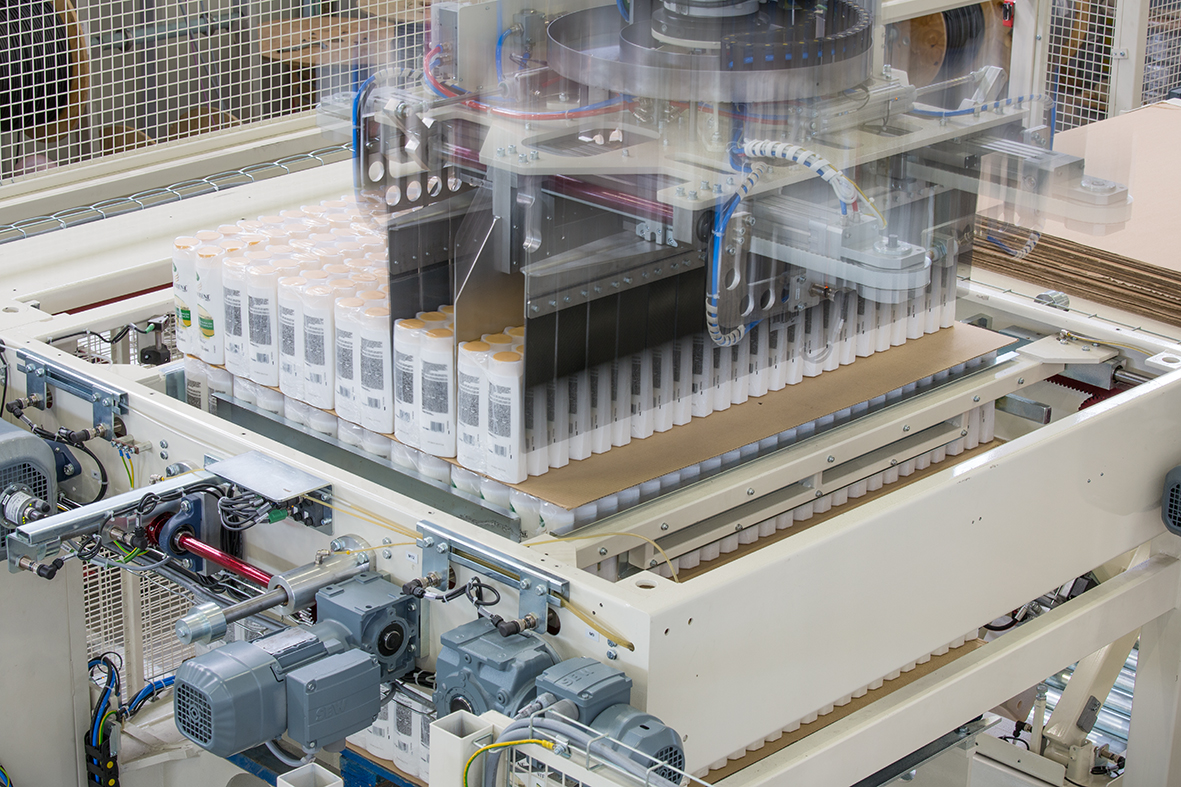
- Solution No. 4 – Automated Tracking for Mixed Product
The high speed layer palletizing solution with multi-brand technology is a perfect solution for mixed palletizing requirements. Products coming from multiple lines will be palletized using a high-speed multi-brand system for up to 4-5 different cases.
Conclusions
Conclusions
E-commerce is growing as fast as the number of people using the online retail stores.
The e-commerce market has risen to new heights in recent years, and it was boosted during the Covid-19 pandemic as people were purchasing all kinds of goods from home, thus changing the shopping time slots.
Online sales have been boosted thanks to the advantages mentioned above, such as cross-border e-commerce, 24/7 accessibility, and plenty of others.
This growth created the MFC through which the product reaches the consumer in the fastest way possible.
Clevertech has all the solutions ready to overcome any problem, as it has created machines that can help reuse the same packaging material, palletize a large variety of products on a single pallet, and handle small packages.


